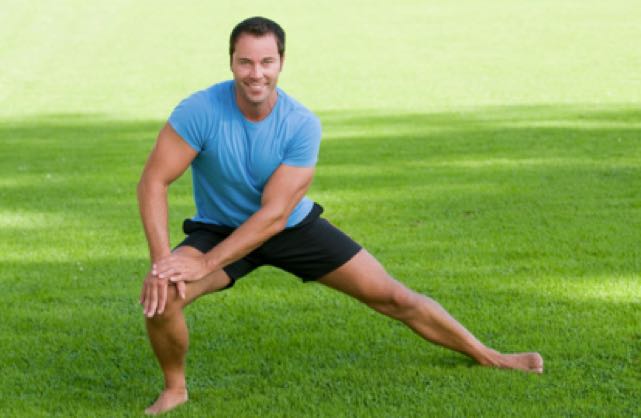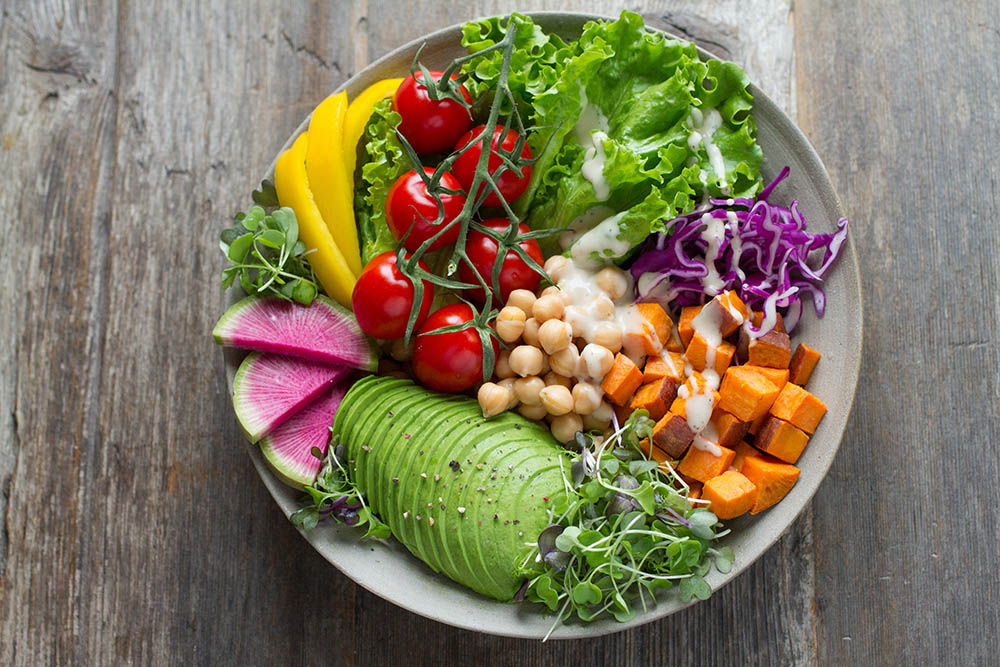Massage: Get in touch with its many benefits
Massage can be a powerful tool to help you take charge of your health and well-being.
As a healing tool, massage has been around for thousands of years in many cultures. Touching is a natural human reaction to pain and stress, and for conveying compassion and support.
Think of the last time you bumped your head or had a sore calf. What did you do? Rubbed it, right?
The same was true of our earliest ancestors. Healers throughout time and throughout the world have instinctually and independently developed a wide range of therapeutic techniques using touch. Many are still in use today, and with good reason.
We now have scientific proof of the benefits of massage – benefits ranging from treating chronic diseases and injuries to alleviating the growing tensions of our modern lifestyles.
Having a massage does more than just relax your body and mind – there are specific physiological and psychological changes which occur, even more so when massage is utilised as a preventative, frequent therapy and not simply mere luxury.
Massage not only feels good, but it can cure what ails you.
You don’t need any special preparation for massage. Before a massage therapy session starts, your massage therapist will ask you about any symptoms, your medical history and what you’re hoping to get out of massage. Your massage therapist will explain the kind of massage and techniques he or she will use.
The Consequences of Stress
Experts estimate that 80 percent to 90 percent of disease is stress-related. Massage and bodywork is there to combat that frightening number by helping us remember what it means to relax. The physical changes massage brings to your body can have a positive effect in many areas of your life. Besides increasing relaxation and decreasing anxiety, massage lowers your blood pressure, increases circulation, improves recovery from injury, helps you to sleep better and can increase your concentration. It reduces fatigue and gives you more energy to handle stressful situations.
Massage is a perfect medicine for good health. It’s undoubtedly a wonderful thing when your therapist begins unwinding those stress-tightened muscles, and your day’s troubles begin to fade away. But the greatest thing is to know this “medicine” only gets better with frequency.
Why not pamper yourself, come and book in with one of our amazing Myotherapists at Glenferrie Sports and Spinal Clinic inside Hawthorn Aquatic and Leisure Centre.
Glenferrie Sports and Spinal Clinic is located in Hawthorn. Situated conveniently near public transport and with convenient parking it is central to Camberwell, Kew, Richmond, Toorak and Malvern.
For appointments call 03 9815 2555, or book online here




